Blog
Art:Mfyjcu3hidu= Cat

Cats have been enchanting people with their enigmatic expressions, independent behavior and graceful movements for ages. Cats have always played significant roles in art and culture globally since ancient times to the digital era. But why do these furry creatures take this special place in our hearts and on canvas? Let us delve into the intriguing world of cat art; its evolution and how it impacts on our lives up to today.
Different cultures value cats
Ancient Egypt’s Worshipped Feline
In ancient Egypt cats were not just pets but they were considered as sacred animals. Bastet, the goddess home, fertility and protection who was either represented with a head of lioness or domesticated cat. According to Egyptians, cats possessed divine energies that served as guards against evil spirits. This veneration resulted in various forms of arts ranging from intricately carved statues to elaborate wall paintings.
Japanese Maneki-Neko and Fortune
In Japan, Maneki-Neko or beckoning cat is a typical lucky charm reputed by many people. These figurines are made out of pottery and can be observed in many households as well as commercial places. The belief is that the raised paw will bring money to those possessing it thus becoming an important part of Japanese culture and art for centuries.
Felines in Western Literature and Folklore
Western societies too could not resist the allure of cats although intertwined with a certain amount admiration and superstition. In medieval Europe, cats were often linked to witchcraft where they were feared at times. However, from the 18th century through 19th century they started popping up in literature as well as art work acting like symbols for mystery plus independence. Prominent writers such as Edgar Allan Poe Edgar Allan Poe featured these animals intensively within his works which made them achieve cultural significance.
How Cat Art Has Changed over Time
Depictions From Ancient Egypt
The earliest known artwork featuring cats comes from ancient Egypt where they appeared in various forms including domestic scenes and religious iconography. These art pieces showed how much Egyptians loved and respected their cats.
Medieval and Renaissance Art
In the middle ages, views on cats were polarized; they were both hated and worshiped. This led to them appearing in illuminated manuscripts and woodcuts which often encompassed either a spiritual or mystical context. In the Renaissance, however, there was growing positivity towards cats as reflected in images that portrayed them as pets.
Modern and Contemporary Art
In the 20th century, felines emerged as popular themes for many artistic movements such as surrealism or realism. For instance, artists like Pablo Picasso experimented with cat depictions through unique methods which have never been used before. Even currently, modern artists are still using different media to produce captivating works of arts based on cats while embedding traditional techniques into them.
Typical Themes And Styles In Cat Art
Realism Capturing The Essence
Realistic cat art seeks to encapsulate the true essence of a feline form. Artists focus on minute details from fur texture to the light reflection in a cat’s eye. A realist’s artwork of a cat often has an intimate feel and an awe towards these wild animals.
Abstract Expressing The Unseen
The other end of the spectrum is abstract artwork where cats are concerned. By utilizing bright hues, shapes that are geometrically designed, as well as unconventional compositions these artists portray mystery and playfulness associated with cats. Such an approach offers greater room for emotional expression thereby making people think more thus feeling it deeper.
Whimsical and Playful Animated Cartoons
Cartoon-style cat art offers a playful and amusing way of representing cats. With exaggerated features and humorous scenarios, cartoon cats have become popular characters in comics, animations, and illustrations. This style often appeals to a broad audience comprising both children and adults.
Showcasing Well-Known Cat Artists
Théophile Steinlen The Cat’s Meow
Théophile Steinlen, a Swiss born French artist is most famous for his iconic poster “Le Chat Noir.” His love for felines was displayed through his numerous paintings, sketches, and sculptures. Steinlen’s work depicted the gracefulness and charm of cats, making him one of the celebrated artists in cat art.
Balthus The Enigmatic Painter
Balthus was a Polish-French modernist who frequently included cats in his paintings as symbols of enigma or sensuality. His works were characterized by their dreamlike quality and attention to detail that invites viewers to go beneath the surface meanings of these feline subjects.
Louis Wain Cats in Wonderland
Louis Wain, an English artist became well-known for his anthropomorphic cat illustrations. He created delightful images of cats engaged in human-like activities that continue to be popular today because of their whimsicality and bright colors. Despite personal challenges faced by him, Wain’s art continued spreading joyousness into the world.
Modern Uses Of Cat Art
Home Décor Bringing Feline Flair Indoors
Cat art has become very trendy among many people who choose it as home décor; prints, paintings or sculptures with feline themes can bring some whimsy inside your house or apartment; from minimalistic black-and-white sketches to vibrant abstract ones an individual can easily find appropriate piece of cat art that will make any living space more beautiful.
Social Media Trends Cats Go Viral
In social media platforms now days there are many examples provided about how cat art has changed or is changing. Cats dominate online world with their memes, fan art, and other images capturing millions of people to follow them. Instagram and Pinterest are filled with various cat inspired creative content representing wide variety of feline art.
Merchandise From Apparel to Accessories
Cat-themed merchandise has become a huge business in which cat designs are applied onto clothes, accessories, stationery as well as home goods; brands like “Pusheen” and “Grumpy Cat” have flooded the market with their range of products that target all ages of cat lovers.
Incorporating Cat Art into Your Home
Selecting the Right Pieces
When choosing cat art for your home consider your personal style as well as the overall theme of your house. There is a piece of it out there whether you prefer realistic portraits, abstract interpretations or playful cartoons which will resonate with you.
Creating a Focal Point
Cat artworks can act as eye-catching focal points within any room. For example, one can place a large painting or sculpture above the fireplace or in the veranda/entrance hall so that it can be seen by many people who come in through such an entrance. This immediately draws attention and sets the tone for other décor items placed within this space.
Mixing and Matching Styles
Don’t stick to particular styles when it comes to having different types of cat compositions at your disposal; combining diverse elements like framed prints, canvases and decorative objects make dynamic visual display. Experiment with different arrangements till you find the perfect balance.
Conclusion
Cats have always been held in a special place in our hearts and their existence in Art speaks to our unending interest in these mysterious animals. From the ancient Egyptian drawings to modern digital designs, cat art has evolved over the years embodying the spirit of our feline friends in various ways. This is why we incorporate cat art into our homes and lives as it enables us to acknowledge the extraordinary rapport that exists between us and these incredible creatures.
Are you an experienced buyer or just a lover of arts? Indeed, this is no way one can deny how attractive and delightful cat art can be. Learn about what it means to embrace cat-inspired creativity and how it can transform your lifestyle and living spaces. And if you are interested in getting advice from professional experts who will assist you to choose well, talk to us so that we can direct you through a range of style consultations with our team of fashion assistants who will help you design your own collection focusing on what truly resonates for you.
Blog
RS 149 Bear Jumpsuit – Adorable & Practical Babywear
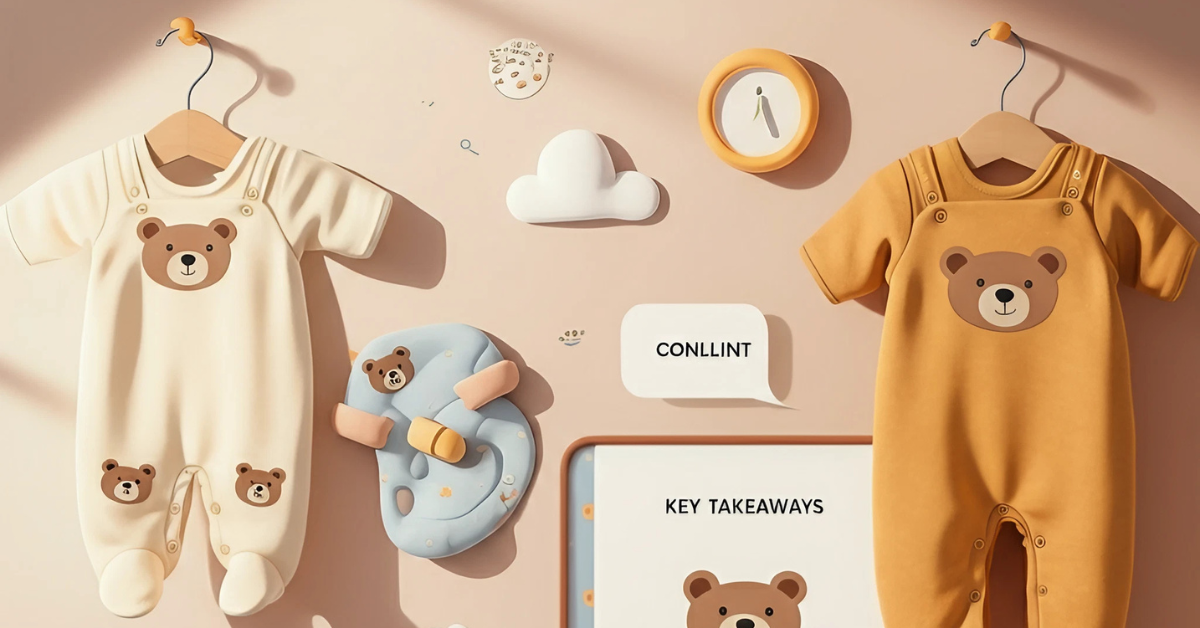
When it comes to dressing your little one, comfort meets cuteness with the RS 149 Bear Design Long-Sleeve Baby Jumpsuit from The Spark Shop. Parents often find themselves stuck between an array of baby clothing options, but what stands out more than soft, stylish, and practical wear combined?
If you’re looking for a piece that combines adorable aesthetics with practical functionality, then this jumpsuit is going to be your new favorite. And guess what? It’s not just about the looks—it’s about ensuring your child stays comfortable throughout the day.
But why is this jumpsuit so special? Stick around, because I’m about to unpack all the reasons why this product could be your answer for style and ease in your little one’s wardrobe.
Key Takeaways
- “Bear Design” for added cuteness blended with a versatile look for every occasion.
- Soft, breathable fabric ensures your baby’s comfort all day.
- Perfect for every season due to its long-sleeve design.
- Easy care, durable material—because we know parenting is already enough work!
If finding a stylish yet simple-to-maintain outfit sounds like a dream, this jumpsuit checks all your boxes!
Product Features
When buying clothes for your baby, there are plenty of things to consider—skin sensitivity, durability, and of course, cuteness! The RS 149 Bear Design Jumpsuit delivers on all fronts.
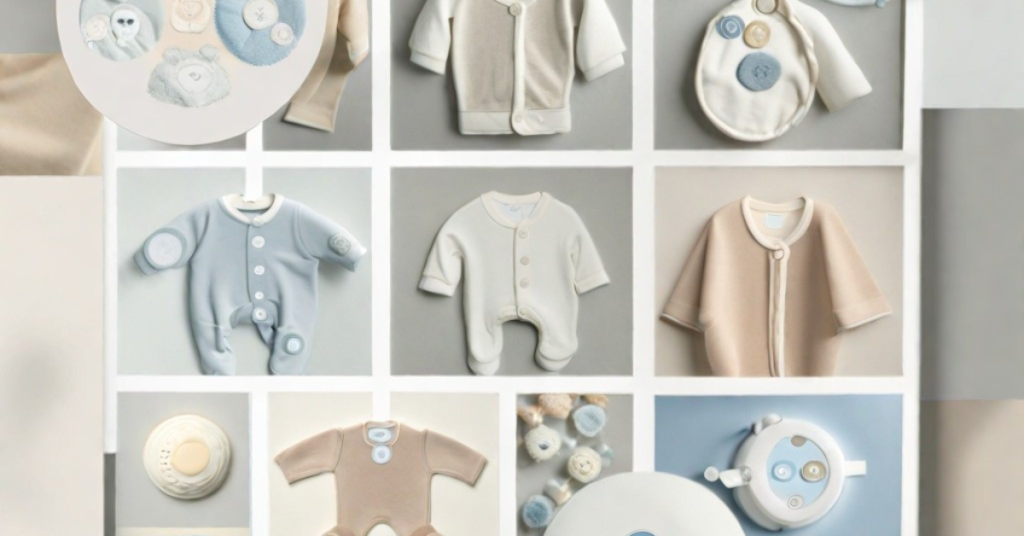
Key Features Include
- Adorable Bear Motif: The cute bear design adds a playful charm, making this jumpsuit photo-ready for your baby’s milestones or everyday moments.
- Premium Fabric: Made from high-quality cotton to keep your baby snug while preventing any skin irritations.
- Easy Snap Closures: No stress during diaper changes—these easy snap buttons make your life so much easier!
- Durable Design: Built to last wash after wash while maintaining its softness and adorable look.
Imagine this jumpsuit becoming your little one’s go-to outfit for family outings, or a snuggly companion for those cozy at-home days.
Expert Insight: “For baby wear, it’s all about finding breathable fabric and avoiding harsh materials. Cotton is always my go-to for sensitive skin,” says pediatric fashion consultant Dr. Ananya Kapoor.
Size and Fit
Because babies grow faster than we can blink, getting the right fit is crucial!
Here’s a handy size chart to make your shopping easier:
| Size | Age Range | Height (cm) | Weight (kg) |
|---|---|---|---|
| 0-3 M | 0-3 Months | 50-60 | 3-5 |
| 3-6 M | 3-6 Months | 60-70 | 5-7 |
| 6-12 M | 6-12 Months | 70-80 | 7-9 |
| 12-18 M | 12-18 Months | 80-90 | 9-11 |
Pro tip? Always opt for a slightly larger size to give your baby room to grow and ensure longer usability.
Care and Maintenance
Raising a child comes with endless chores, and the last thing you want is a high-maintenance outfit. That’s why this jumpsuit is designed with simplicity in mind.
Here’s how to care for it:
- Wash on a gentle cycle using baby-friendly detergent.
- Air dry to ensure longevity, though it’s dryer-safe on low heat.
- Avoid using harsh bleach or chemicals that could irritate your baby’s skin.
With these easy care instructions, you can trust that the jumpsuit will look and feel as good as new for months to come.
Customer Tip: “I’ve washed it so many times, and it’s still as soft and adorable as day one!” — Meera, Chennai
Customer Service and Support
At The Spark Shop, we pride ourselves on making your shopping experience smooth and enjoyable. Whether you have questions about sizing, delivery, or care tips, our dedicated team is here to help.
Reach us via:
- Email: support@thesparkshop.in
- Chat: Available 24/7 on our website.
Have concerns or feedback? We’d love to hear from you—we’re always listening to make your experience better.
FAQs
1. Does the jumpsuit come in other colors or designs?
Yes, we offer a range of colors and animal-themed designs. Be sure to check our catalog for the latest collection.
2. Is this jumpsuit suitable for cold weather?
Absolutely! Thanks to its long sleeves and soft fabric, it’s perfect for layering on chilly days.
3. Is the material suitable for sensitive skin?
Yes, the cotton fabric is gentle and hypoallergenic, perfect for your baby’s delicate skin.
4. What’s the return policy?
We offer a hassle-free 30-day return policy if you’re not satisfied with the product.
5. How quickly will I receive my order?
Orders within India typically arrive within 3-5 business days.
Need more info? Drop us an email, and we’ll make sure to resolve all your concerns.
Make Parenting Easier While Dressing in Style
Parenting comes with more decisions than you could’ve imagined, but dressing your baby shouldn’t be complicated. The RS 149 Bear Design Long-Sleeve Baby Jumpsuit is the ideal blend of practicality and cuteness for modern parents.
Whether it’s their first playdate or naptime at home, this jumpsuit ensures your baby stays stylish and comfortable. But don’t just take our word for it—experience the convenience and charm for yourself!
Blog
E-Waste Crisis: The Gadgets We Toss and Their Impact on Our World
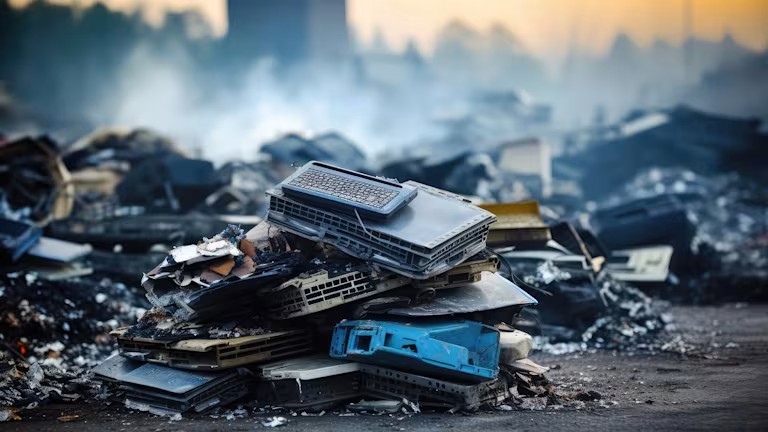
Did you know millions of old phones, computers and other electronics are thrown away every year? It’s a huge environmental problem. This growing issue is called e-waste or electronic waste.
Every time we throw away an old gadget, we’re adding to a problem that affects our planet, our health and the people who have to deal with all that trash.
But what exactly is e-waste and why is it so bad?
Let’s get into it.
What is E-Waste?
E-waste is all the electronics we get rid of; imagine every time someone upgrades their phone or computer – their old device ends up in the trash.
But e-waste isn’t just about our old phones and computers; it’s TVs, washing machines and even some toys.
As technology gets cheaper and better, people keep upgrading and creating a lot of e-waste. The problem is – these devices aren’t always disposed of properly and that’s causing some big environmental problems.
How Much E-Waste Do We Create?
In 2022, we produced about 62 million tons of e-waste – to put that in perspective, that’s 1,000 laptops per second! And only 20% of that waste is recycled properly.
The rest ends up in landfills, dumps, or gets burned and releases harmful chemicals into the air, soil and water.
- Europe: 16.2 kg per person per year.
- United States: 13.3 kg per person.
- Africa: They generate less but receive e-waste from other countries and it affects their environment.
Why is E-Waste Bad?
Electronics contain chemicals and metals that don’t belong in the ground or our waterways. When e-waste sits in landfills or gets burned, these toxic substances leak out, including lead, mercury and cadmium.
These are harmful to humans and animals; when humans are exposed to these chemicals, it can cause serious health problems, lung problems, cancer and developmental issues in children.
People in developing countries where most of the world’s e-waste is dumped are especially vulnerable.
They often work with no protective gear to break down old devices. This exposes them to harmful substances that can cause long term health problems.
What Can We Do to Reduce E-Waste?
To solve the e-waste crisis, we all need to change how we buy, use and dispose of electronics.
Here’s what we can do:
- Think before you buy: Do you really need the latest device? If your current gadget still works, keep using it a little longer.
- Repair, don’t replace: Fixing a broken screen or replacing a battery is often cheaper (and at least more environmentally friendly) than buying new – and it reduces waste.
- Recycle: Many stores have recycling programs, where you can drop off old devices.
- Donate or sell: If it still works, donate or sell it. Someone might need it!
Are Companies Helping Out?
Some companies are trying to reduce e-waste – Apple has recycling programs and Samsung has repair options.
But not all are as committed.
Many still push customers to upgrade every year and increase e-waste. So, support brands that repair and recycle!
And remember when selling or donating old devices to use a VPN (Virtual Private Network) like Surfshark to protect your data from hackers when online.
What’s the Future of E-Waste?
Experts say e-waste will continue to grow as we buy more gadgets.
But if we recycle more and companies make gadgets last longer, we can slow down the growth of e-waste.
Another big trend is the “right to repair” movement, which demands companies make it easier for us to fix our devices instead of replacing them.
Personal Choices: What Can You Do?
You don’t even have to be an adult or someone of financial means to make a difference with e-waste. Here’s how you can help:
- Limit upgrades: If your current device works fine, don’t upgrade yet!
- Educate others: Share this with friends and family.
- Choose eco-friendly brands: Support brands that repair and recycle.
- Get creative with old gadgets: Instead of throwing away an old phone, use it as an alarm clock, music player, or even a home security camera.
Conclusion
While e-waste is a big problem, there’s a solution.
By making smarter choices on the gadgets we buy and how we dispose of them, we can reduce the impact of e-waste to the planet.
Companies, governments and individuals all have a role to play.
Next time you think of buying a new device, remember every gadget you don’t throw away makes a difference.
Blog
Decoding the Mystery of q.d.c. The Secret Language of Old English Abbreviations
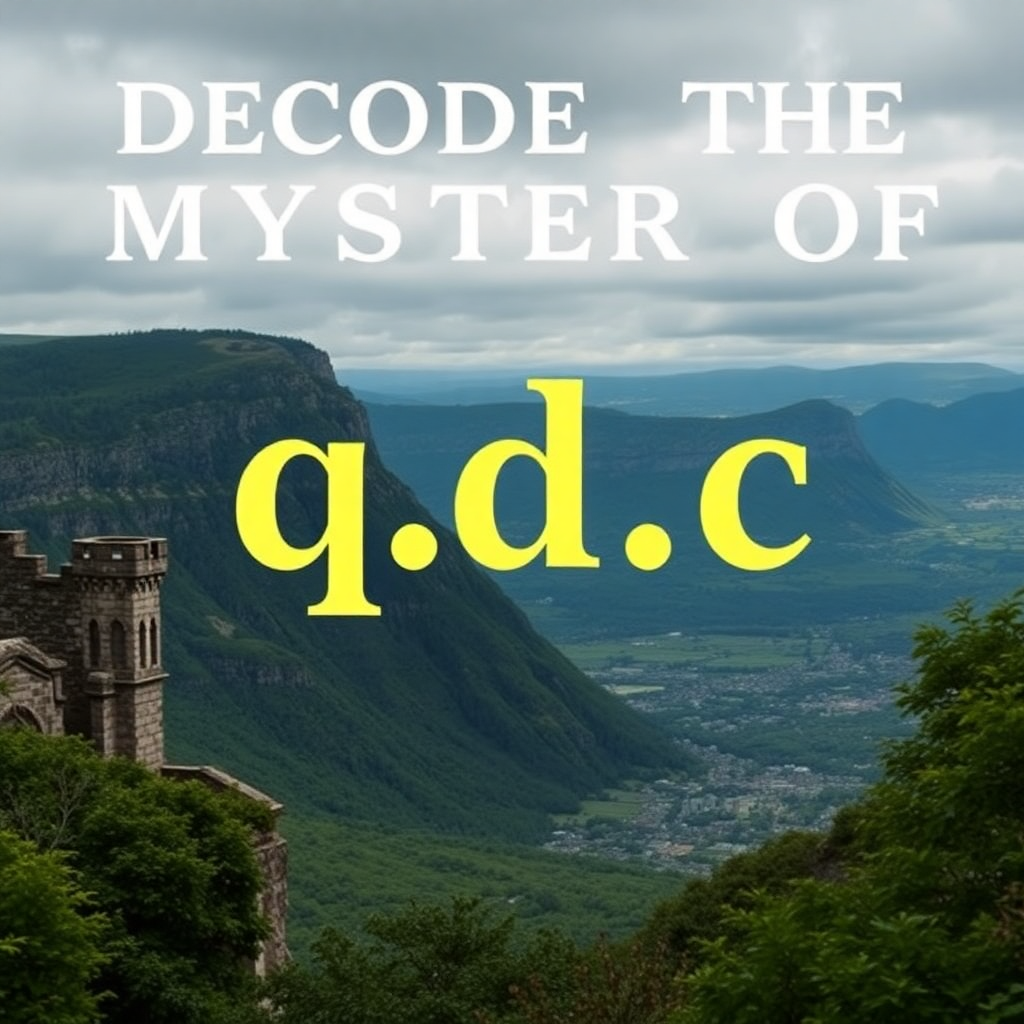
Are you intrigued by the prospect of tracing the history of an abounded manuscript or ancient text? If so, you are in for an intriguing exploration! Today, we are going to talk about ‘q.d.c’ also known as ‘querit declamation antiquorum’ which is an old English abbreviation used to this very day. For centuries, this abbreviation has been used, from the gothic manuscripts to the present day in various disciplines.
In this post, we will learn the history of ‘q.d.c’, its impact, and changes made to it. You will further learn why this abbreviation is important in today’s world, across various fields including healthcare and, legal matters. Finally, you will appreciate why ‘q.d.c’ is relevant to one’s interests in history, linguistics, or even search engine optimisation.
Let us begin with the root and meaning of q.d.c.
The term q. d. c which means resume or rest should really this with level of assistance a huge level of organisation almost 60% of the globe is yet to be reached. As mentioned above the Ancient English meaning community is majorly used for legal or educational texts. But what does it exactly stand for?
Building it step by step.
Q.d.c comprises of few letters and all carry significance. ‘Quod demonstrandum cepit’ is quite concisely demonstrated with this abbreviation; which when literally translated depicts ‘what was begun to be demonstrated’. Its summarising aspect emphasised commencing outlines placed at all separated points in the text. Although, notes like this were mainly utilized by scholars and clergymen, they were able to construct tremendous texts in a brief manner eliminating busy work.
The Role of q.d.c. in Manuscripts
In the medieval period, when the manuscripts were to be produced in a greater number, monks would take the work of copying them in the scriptoria even by hand. Scribes and copyists would have to work harder and use short hand to abbreviate words in order to use less parchment or vellum only the most pertinent information would be carved for mass drafting of the manuscripts. These pithy statements would serve as useful memory triggers in religious, philosophical, or even legal texts.
An Ancient Tool for Modern Readers
Despite being perceived as an archaic phrase, ‘q.d.c.’ is worthwhile to take our time to process, as it will only help better in interpreting specific historical documents. Through these tools, one can appreciate how societies of the past were brainy in their quest to compile as well as disseminate information.
Historical Significance and Evolution
Not only does the abbreviation q.d.c. is interesting only from a linguistic viewpoint, but it has a lot to share about the evolution and development of language along with modes of communication during the bygone times.
A Glimpse into the Past
The oldest branch of the modern English language with which people interact today, Old English, was full of abbreviations. Such shorthands would come in handy to cope with complex spheres, especially due to the fact that the bulk of copying was done by hand. The Q D C would be an ideal demonstration of how people and scholars expressed their thoughts in summary fashions while still ensuring that their ideas or thoughts were understood easily.
Transformations Over Time
Of course, as time progressed and languages transformed the other additional forms of languages, such as use of abbreviations started gaining roots. An English phrase, “q.d.c.” found itself from Old English, latinated, with the funny noticeably purposive addition of Read Latin This was turning point as the term perception inherited the culturally profound time periods around it.
Connecting Time Periods
Analyzing materials like “q.d.c.” allows researchers to relate with the past intelligentsia of civilizations, as this and similar lines were used through out history the underlying motives of research and communication have been inherited one way or another.
Using q.d.c. in Today’s World
Even though they may have a historical origin, “q.d.c.” finds application in multiple arenas of our modern day society.
Medicine and Science
Precision is key in medicine, there are absolute amendments which require absolute clarity wording, alongside which the scientific literature would include “q.d.c.” these stand to forward. write summative statements of…… or these are the conclusions which need to be drawn. Over time these words that speak in vagueness will help professionals deal with much more complex papers and studies than these.
Literature and Academic Writing
In academic papers, there is no sun for writers and it’s more about cutting words while keeping the fact delivered. Hence why writers may want to do that and say “q.d.c.” and use it for conclusions and some points of an argument. Giving out terror abolition can make the reader understand and appreciate literature, or scholarly works for the matter.
Standardization of Processes Regarding Disputes
Perhaps the most notable requirement, when creating legal papers or formal contracts, is attention to the details – Elaine, Wai and Young 1998. Indeed, such legal forms transcribe a multitude of arguments and conclusions. Knowing such shorthand forms is useful to both the legal professionals and the ordinary legal text readers as it helps to understand legal documents better.
Conclusion
The abbreviation ‘q.d.c.’ as a term, is rich in history. From its early usage on Old English manuscripts up to present-day usage, this abbreviation epitomizes the effectiveness of a straightforward approach to any task. There is much to be gained by knowing ‘q.d.c.’ especially in our interface with history as well as in the quest of diverse areas in the contemporary World.
-

 Technology4 months ago
Technology4 months agoTeknologian ja Kulinaaristen Uudistusten Yhteys
-
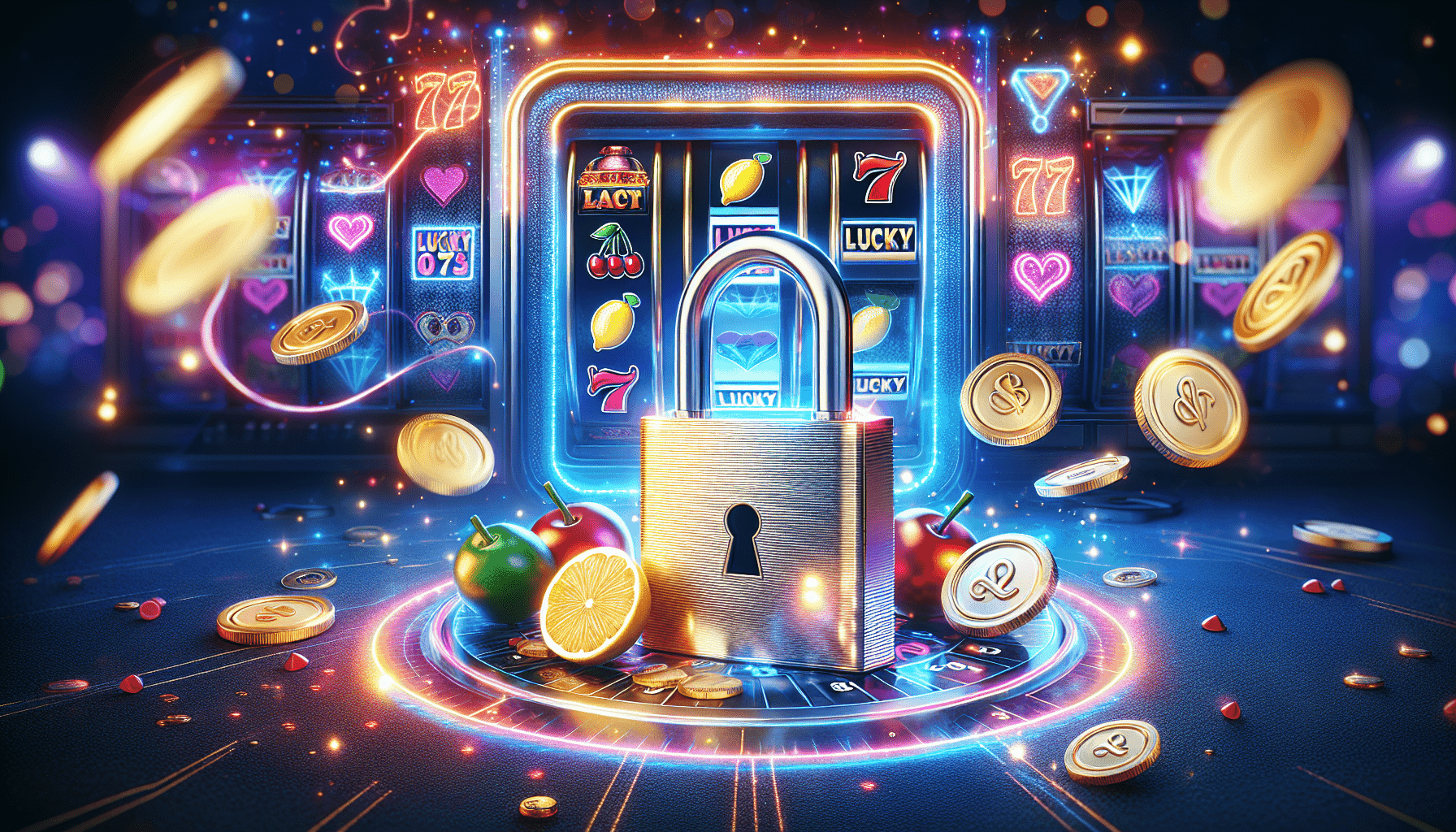
 Business6 months ago
Business6 months agoA Deep Dive into Toto Sites: Unlocking New Online Experiences
-
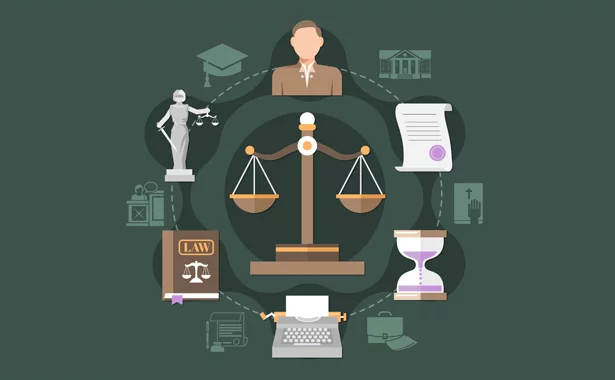
 Business6 months ago
Business6 months agoCollection of links: a modern solution for streamlining legal information access
-
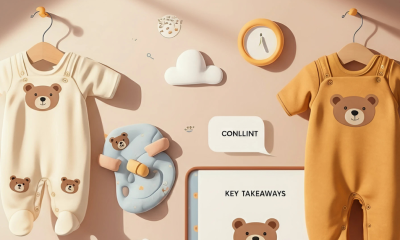
 Blog2 months ago
Blog2 months agoRS 149 Bear Jumpsuit – Adorable & Practical Babywear
-

 Technology4 months ago
Technology4 months agoDie Zukunft der gastronomischen Innovation: N2O-Produkte und ihre Rolle in modernen Küchen
-
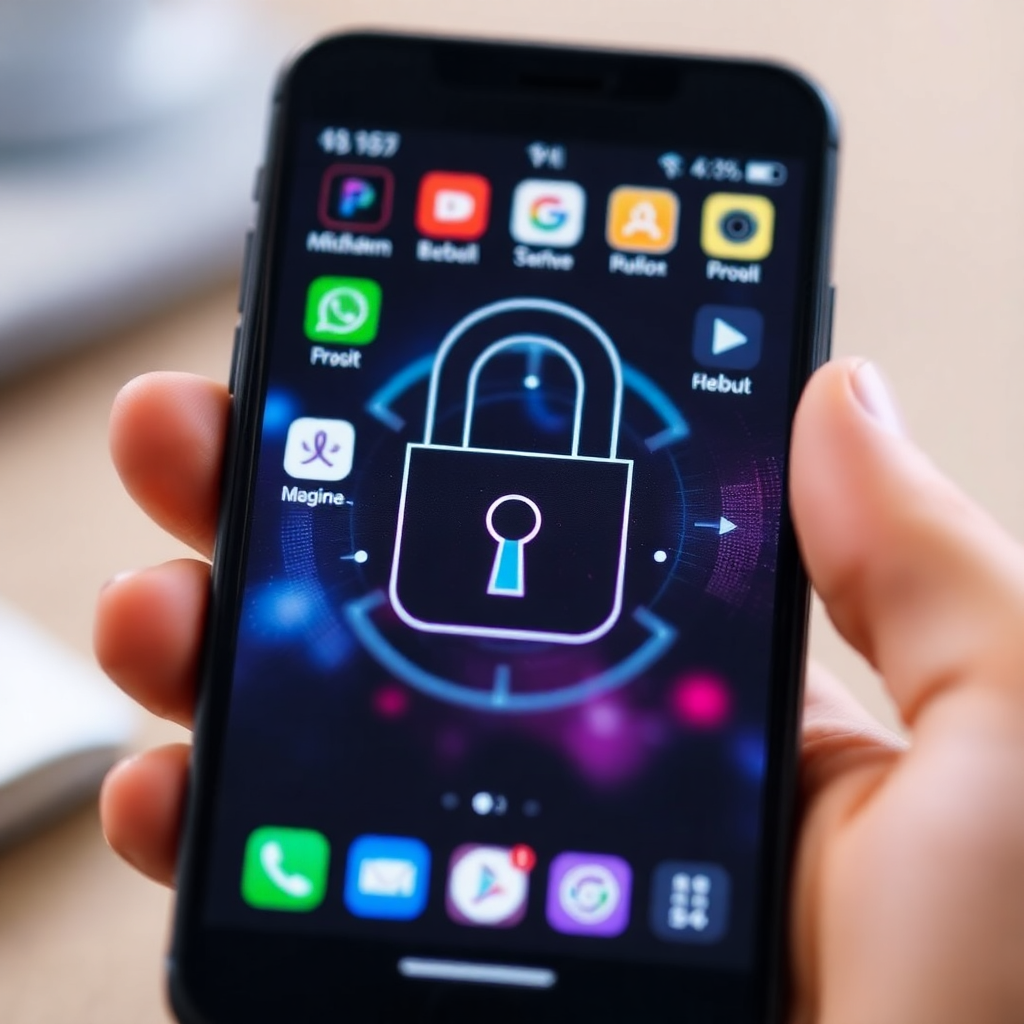
 Technology4 months ago
Technology4 months agoWhich Are The Best Smartphone Security Apps?
-

 Blog8 months ago
Blog8 months agowallpaper:ek_xjuauh0q= preppy
-

 Technology4 months ago
Technology4 months agoWonderfox HD Video Converter Factory Pro: Make MPEG to MP3 Conversion Easier


